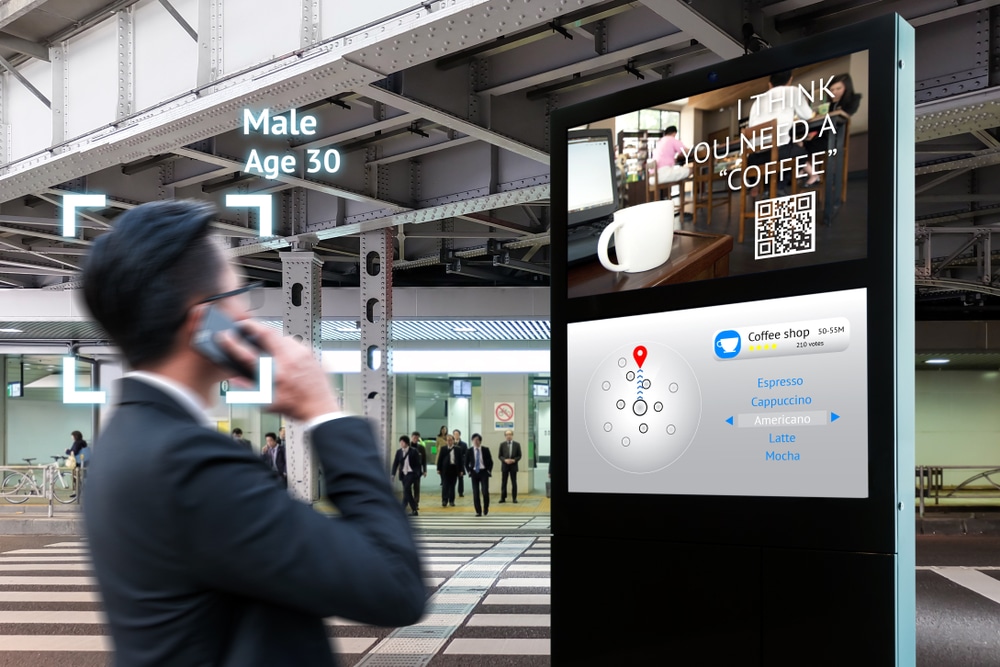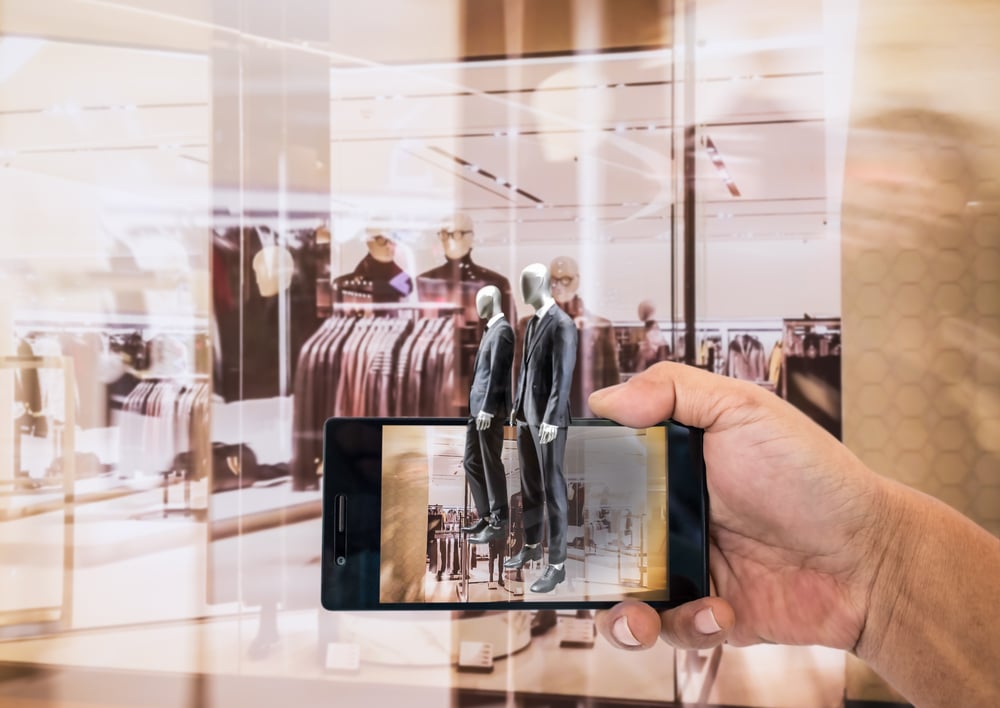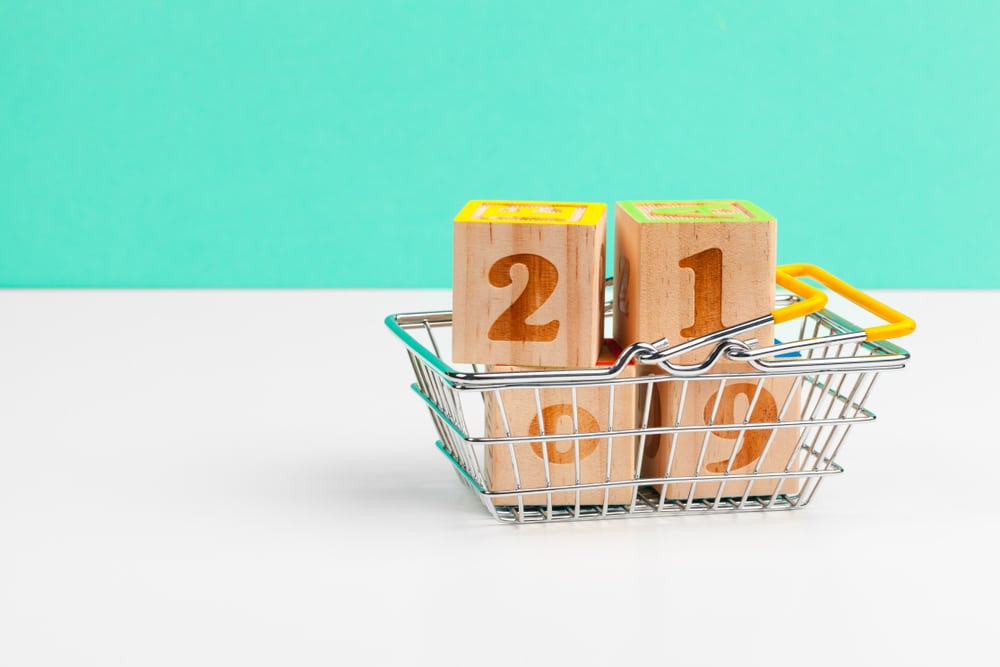Whether it’s due to the below freezing temperatures or our ever-present wanderlust, we always find we’re ready to start planning a getaway (or two!) in January. And, today we’re dreaming of the place that allows all of us to enjoy sun, sand, and relaxation mixed with a hint (or more!) of adventure – the beach!
The beach is meant to act as a true escape, and we know one of the keys to relaxation is making sure to remain within your budget. We’re thrilled to announce for a limited time, you can book your next beach vacation with Booking.com and Hotels.com with Shopkick to earn 10 kicks per $1 spent! The best news? You can book trips now to take throughout the year – there aren’t any blackout dates! Plus, you can cash in your kicks for gift cards to use while you travel.
Now that you’re excited to plan, let’s start talking about beaches to visit. Up first? The United States!
There are miles upon miles of coastlines to explore throughout the world, and the United States has quite a number of incredible spots on its own. If you’re interested in seeing rocky coastlines mixed with classic coastal architecture in New England, Maine, Massachusetts, and Rhode Island are three beautiful spots to consider. Perhaps Southern charm is in order, in which case places like Myrtle Beach, Charleston, Hilton Head, and Savannah are all perfect spots to mix sand and history. Florida’s Panhandle has some of the most beautiful sunsets in the country, and Alabama and Texas offer plenty of relaxation. If surf culture is your thing, head west to cities spanning from Baja California to just outside of Los Angeles, jet to Hawaii, and don’t forget to consider traveling north to Oregon and Washington.
There are plenty of amazing beaches to experience outside of the United States too, which is why we would be remiss not to mention Mexico. Located just outside of Cancun, Riviera Maya stuns with its pristine stretches of sand, all-inclusive resorts, and plethora of adventure. Swim with whale sharks, snorkel, explore cenotes, or simply lounge on the beach with a great book – you will love your experience. Plus, Cancun’s international airport offers a direct destination for many airlines. Across the country, both Puerto Vallarta and Cabo San Lucas offer unparalleled experiences on Mexico’s Pacific coastline. Be prepared for rockier coastlines, incredible sunrises and sunsets, culture, and plenty of time to relax.
Lastly, the Caribbean is brimming with beaches to explore! The Bahamas are some of the closest Caribbean islands to the United States, and each island offers a different colorful flavor and feel. We have only ever heard rave reviews of Turks and Caicos, the Virgin Islands, Curacao, Grand Cayman, and Aruba. All offer dining, history, diving, snorkeling, and some of the most beautiful water to swim in.
Wherever your adventure takes you, isn’t it time to stop dreaming and start booking your complete budget friendly beach vacation? We think so too! Booking.com and Hotels.com to the rescue! But, remember to book prior to 1/27 with Shopkick in order to take advantage of the big kicks.
Let us know where your travels will take you in the comments!
Make sure to download Shopkick for free, and join us on Facebook, Twitter, and Instagram for more shopping inspiration!












